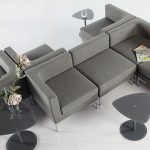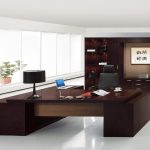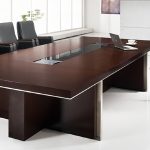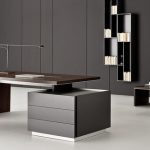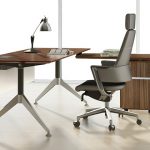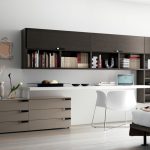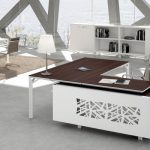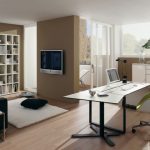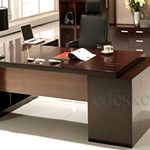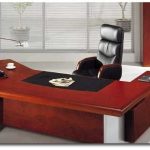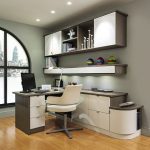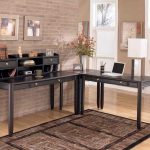Office furniture has come a long way since the days of clunky desks and uncomfortable chairs. The evolution of contemporary office furniture has been driven by a combination of technological advancements, changing work habits, and a greater emphasis on employee comfort and well-being.
One of the most significant changes in contemporary office furniture design has been the move towards more flexible and adaptable workspaces. Companies have recognized that employees are no longer tied to a single desk or workstation, and as a result, office furniture has become more modular and customizable. This shift has been driven in part by the rise of remote and flexible working arrangements, with employees needing furniture that can easily be reconfigured to meet their changing needs.
Another key trend in contemporary office furniture is the focus on ergonomics. Gone are the days of uncomfortable chairs and low-quality desks that left employees with back pain and neck strain. Today, office furniture is designed with the health and well-being of employees in mind, with features such as adjustable height desks, supportive chairs, and ergonomic accessories that promote good posture and reduce the risk of injury.
The rise of technology has also had a significant impact on the evolution of contemporary office furniture. With the increasing use of laptops, tablets, and mobile devices in the workplace, furniture designers have had to adapt to accommodate these devices. This has led to the development of furniture with built-in charging stations, cable management systems, and other technological features that help employees stay connected and productive.
In addition to these practical considerations, contemporary office furniture has also evolved in terms of style and aesthetics. Modern office spaces are no longer bland and sterile environments, but vibrant and creative spaces that reflect the company’s brand and values. Furniture designers have responded by creating pieces that are not only functional but also visually appealing, with a focus on clean lines, bold colors, and innovative materials.
Overall, the evolution of contemporary office furniture has been driven by a desire to create workspaces that are flexible, comfortable, and inspiring. As companies continue to adapt to changing work habits and technologies, we can expect to see even more advancements in office furniture design in the years to come. Whether it’s a sleek adjustable desk, a stylish ergonomic chair, or a modular workstation, contemporary office furniture is helping to create workspaces that promote productivity, collaboration, and employee well-being.
 darbylanefurniture.com Interior design ideas with the latest interior inspiration
darbylanefurniture.com Interior design ideas with the latest interior inspiration

